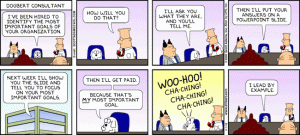As management consultants we find it is always important to ask the right questions when engaging with our Clients, but at the same time make sure that the questions are based on active listening and are pertinent to the discussion. Peter Drucker famously said, that “My greatest strength as a consultant is to be ignorant and ask a few questions.”
Pertinent questions can only come from active listening. There are 3 Pointers we keep in mind when asking questions to our Clients;
- We need to be thoughtful
- We must reflect on the Clients position
- We must explain why we are asking (explain the context of the questions)
These pointers work in any Client engagement whether one to one or one to a group. Regarding listening here are some things to remember that can be impressed on the Client if they pick up that you are not listening to them;
- You do not care about them.
- You think you understand them before you know them well enough.
- You answer their problems, but they have not fully explained what their problem is.
- You cut them off before they have finished speaking.
- You finish their sentences for them.
Many of our questions are structured through a gap analysis process that we carry out with Clients that assists us in recommending the best fit systems and technology solutions. It’s always best to see a gap analysis as a guidance process rather than asking questions exactly as listed on a checklist. This implies as consultants we need to think broadly about the answers we are looking for and more laterally about what other questions we need to seek answers for. When we apply this in action it serves three purposes;
- Gets to the facts
- Assists the Client to think differently about the situation
- Allows the solution to be discovered
What’s important as an outcome for us is that whatever the situation the solution must not be based on our own bias. Dogbert the famous character created by Scott Adams illustrates this humorously.

When we look at the solutions the outcome must be one that addresses a real need. For example, help to improve the quality of policy or program decisions—thus leading to improvements in performance and the accomplishment of desired results.
Similarly, the results of a gap analysis must guide subsequent decisions regarding recommendations of best fit systems, improvements and technology solutions that will lead to achieving desired results.
In conclusion asking the right questions is productive, positive, creative, and can get us to the to the answers that address the real needs. Many people do believe this to be true but still struggle to achieve results. Perhaps one of the reasons for this is that effective questioning requires it be combined with effective listening.
“To raise new questions, new possibilities, to regard old problems from a new angle, requires creative imagination and marks real advance in science.”-Albert Einstein
For more information contact us at www.synergygrc.com

Recent Comments